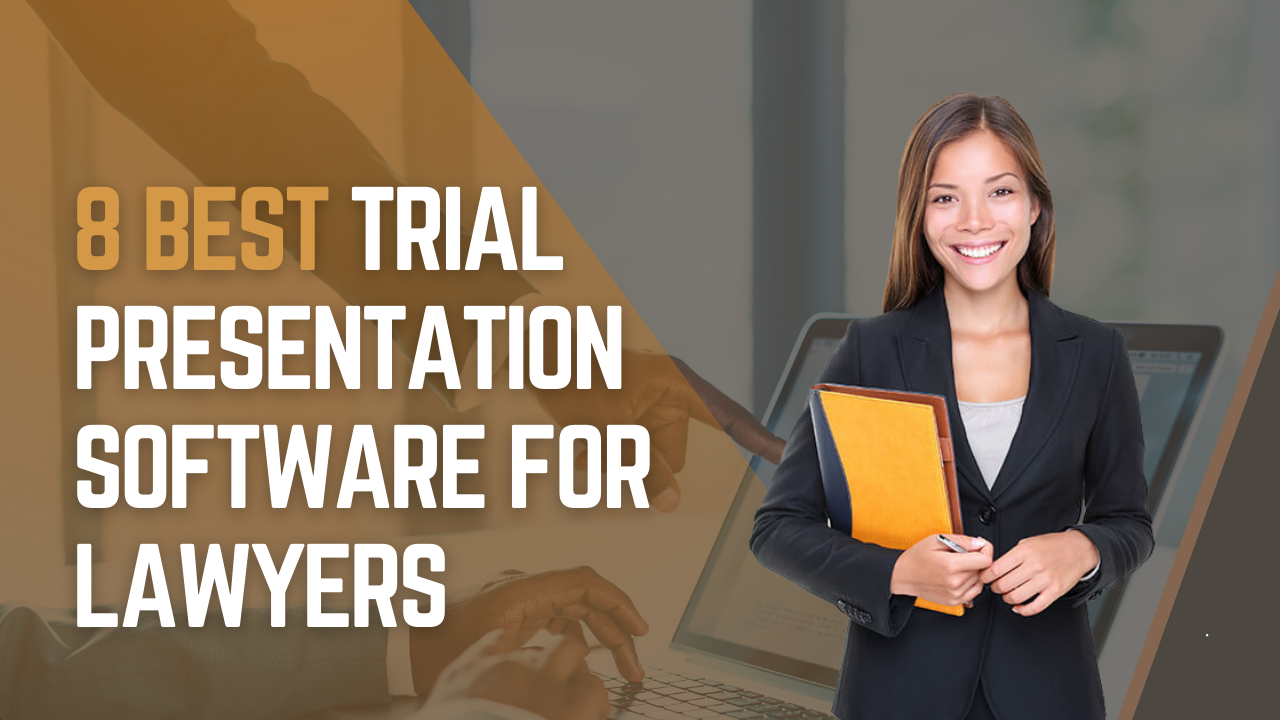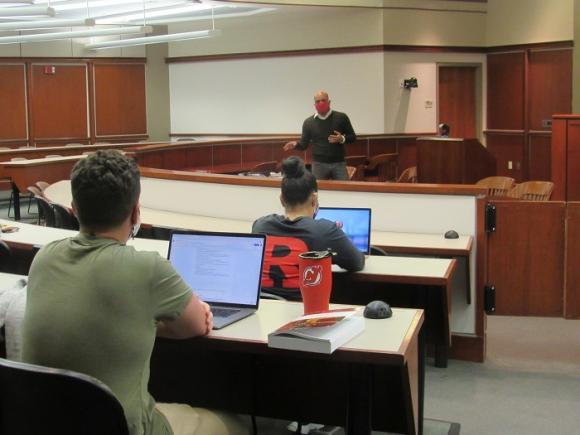How to Create Engaging Trial Presentations That Gain Juries and Juries
Crafting engaging trial presentations that mesmerize juries and courts is a nuanced art that requires a strategic technique. By utilizing innovative aesthetic tools, including interactive aspects, and dedicating time to strenuous method and rehearsal, lawful specialists can dramatically improve the impact of their court discussions.
Understanding Your Target Market
To efficiently involve your audience throughout trial presentations, it is essential to recognize their preferences, assumptions, and level of know-how in the subject issue. By customizing your presentation to fulfill the particular needs of the target market, you can improve their understanding and retention of the details offered.
Begin by researching the demographics of the target market, such as age, education and learning degree, and profession. This info can assist you determine their knowledge with lawful treatments and adjust your presentation style accordingly. A court might need less complex language and even more aesthetic help contrasted to a group of legal professionals.
Moreover, think about the psychological and psychological elements of your target market. Are they thoughtful towards particular disagreements or more inclined in the direction of realities and evidence? Comprehending these subtleties can aid you mount your discussion in a manner that reverberates with the target market on a much deeper degree.
Narration Strategies
Comprehending your audience's assumptions and choices can dramatically influence the efficiency of your test discussions, particularly when applying storytelling methods to astound and encourage. Narration is an effective tool that can aid lawyers get in touch with discretionary on an extra emotional degree, making intricate legal disagreements more memorable and relatable.

Integrating vibrant details, personal stories, and rhetorical devices can further improve the storytelling experience, maintaining the target market invested and involved in the outcome of the situation. By crafting a persuasive tale that resonates with the worths and feelings of the jury and judges, lawyers can boost the opportunities of winning their arguments and attaining beneficial verdicts.
Aesthetic Presentation Devices
Making use of aesthetic discussion devices can substantially enhance the influence and efficiency of trial presentations by supplying a visually interesting way to convey intricate details to juries and courts. Aesthetic aids such as graphes, representations, charts, and animations can aid simplify complex details, making them more reasonable and obtainable to the audience. By including visual aspects into test presentations, attorneys can produce an engaging story that resonates with jurors and leaves a long-term impact.

Integrating Interactive Elements
Integrating interactive components into trial presentations can enhance audience interaction and understanding, cultivating an extra immersive and interactive courtroom experience. By integrating aspects such as interactive timelines, 3D animations, clickable exhibitions, and digital fact repairs, lawful professionals can mesmerize courts and jurors, making complex details much more remarkable and obtainable.
Interactive timelines permit for a vibrant display screen of sequential events, aiding the target market comprehend the series of vital events in a situation. 3D computer animations can bring crime scenes or crash reconstructions to life, offering a detailed graph that aids in clearing up intricate information. Clickable displays allow individuals to interact with proof, records, or photos, permitting a hands-on expedition of vital information.
Moreover, virtual fact repairs can transport the audience into the heart of the activity, giving an engaging perspective that traditional presentations may lack. These interactive elements not only involve the customers however likewise encourage them to proactively take part in the test process, bring about an extra influential and impactful court presentation.
Technique and Practice Session
To efficiently take advantage of the potential of interactive aspects in test presentations, thorough practice and rehearsal are important to make certain seamless integration and delivery in the court room setup. Method and rehearsal aid review test presenters become aware of the content, timing, and flow of their discussions, permitting them to confidently navigate via various elements such as video clips, animations, or interactive graphics. By rehearsing their delivery, speakers can refine their talking skills, body movement, and general presentation design to enhance persuasion and credibility prior to the jury and judge.
Throughout practice, speakers can determine any type of technological problems that may develop with interactive elements, making certain that whatever runs smoothly during the real trial. Additionally, rehearsing in front of a simulated audience or coworkers can offer beneficial comments on the performance of the interactive elements and the general discussion. This comments allows speakers to make necessary adjustments and renovations before entering the court, eventually boosting the effect and success of their test presentations.
Conclusion
To conclude, creating appealing test presentations that captivate juries and judges requires a deep understanding of the target market, efficient narration techniques, aesthetic tools, interactive components, and comprehensive method (Trial Presentations). By applying these techniques, lawyers can efficiently share their disagreements and proof in a compelling fashion that resonates with the decision-makers in the court room
Making use of aesthetic presentation devices can greatly boost the impact and efficiency of trial discussions by providing a visually appealing method to share intricate details to judges and home courts. By integrating aesthetic components into trial presentations, lawyers can produce a compelling narrative that resonates with jurors and leaves an enduring perception.
One popular visual presentation device is the usage of multimedia presentations, which enable for the combination of video clips, pictures, and audio recordings to supplement spoken disagreements. Trial Presentations.To successfully leverage the potential of interactive components in test presentations, detailed technique and rehearsal are vital to guarantee seamless combination and distribution in the courtroom setting. useful site Practice and rehearsal aid test presenters become acquainted with the web content, timing, and circulation of their presentations, allowing them to with confidence navigate through various aspects such as videos, animations, or interactive graphics
Comments on “Navigating Complex Cases: How to Develop Effective Trial Presentations for Optimal Results”